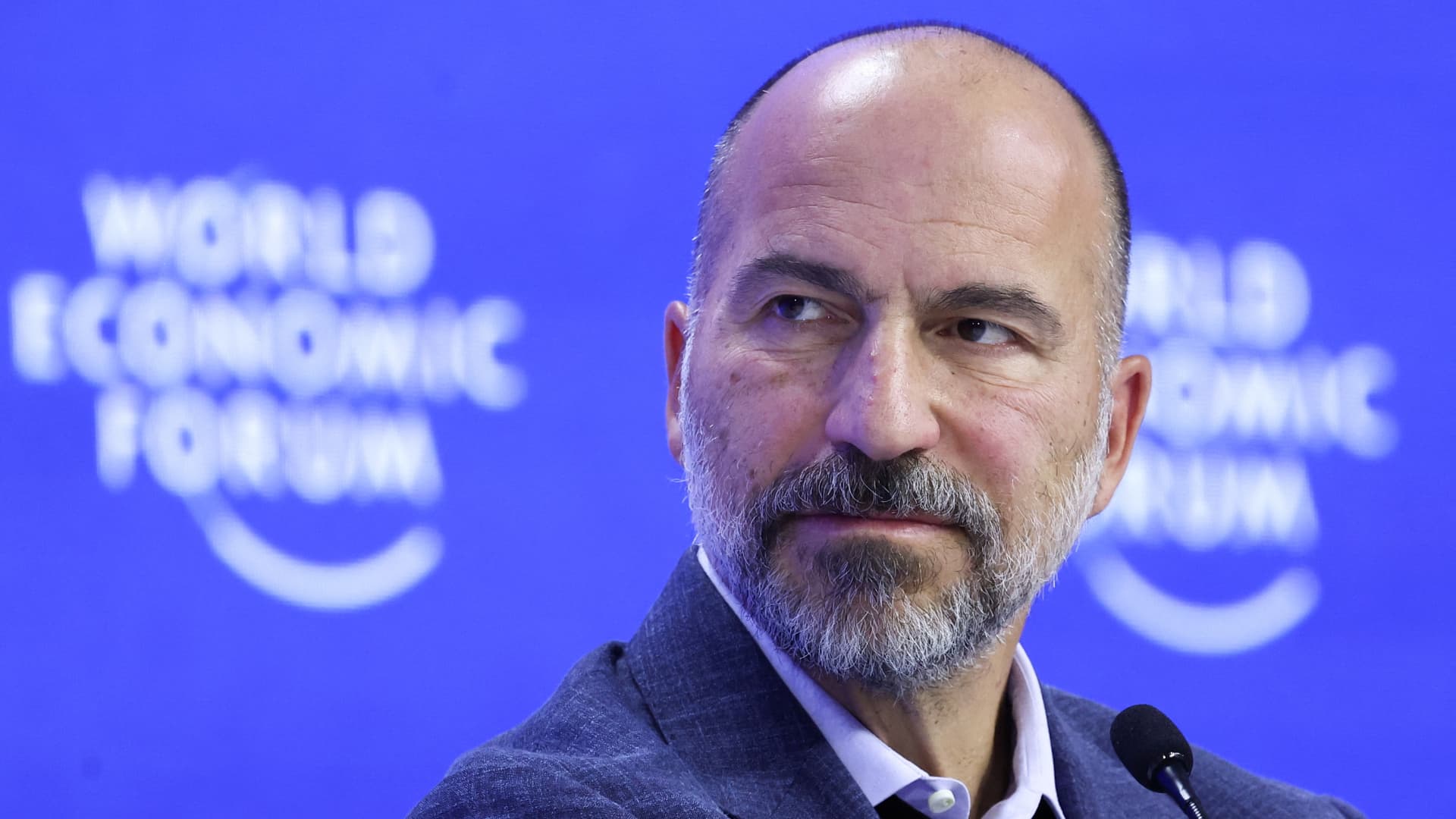Uber’s Q1 2025 Financial Performance: A Mixed Bag
The first quarter of 2025 has been a period of both triumph and tribulation for Uber. The company’s financial results for this period reveal a landscape marked by substantial growth in user engagement and operational efficiency, juxtaposed against the struggle to meet revenue projections. This analysis explores the key highlights and challenges of Uber’s Q1 2025 performance, offering insights into the company’s strengths and the obstacles it faces.
Revenue and Earnings Overview
Uber’s revenue for Q1 2025 saw a commendable 13.8% year-over-year increase, reaching $11.53 billion. However, this figure fell just shy of the $11.62 billion expected by analysts, resulting in a $90 million shortfall. Despite this revenue miss, Uber’s earnings per share (EPS) surpassed expectations, clocking in at 83 cents compared to the anticipated 50 cents. This divergence between revenue and earnings underscores Uber’s concerted efforts to enhance operational efficiency and cost management, even as it grapples with the competitive pressures of the market.
Growth in Trips and User Engagement
One of the standout achievements for Uber in Q1 2025 was the 18% year-over-year increase in trips, reaching an impressive 3.04 billion. This growth was propelled by a 14% increase in Monthly Active Platform Consumers (MAPCs), a clear indication of Uber’s prowess in attracting and retaining users. The surge in trips and user engagement is a positive sign of Uber’s deepening market penetration and the effectiveness of its marketing and user acquisition strategies. This growth is not just about numbers; it reflects a growing trust and reliance on Uber’s services, which is crucial for long-term sustainability.
Segment Performance
Mobility
Uber’s mobility segment, which includes its core ride-hailing services, experienced a 15% year-over-year revenue increase. This growth can be attributed to the ongoing shift in consumer spending from goods to services, as well as the enduring trend towards on-demand transportation solutions. The mobility segment’s performance highlights Uber’s ability to adapt to changing consumer behaviors and maintain its relevance in a competitive market.
Delivery
The delivery segment, encompassing Uber Eats, reported an 18% year-over-year revenue increase. This segment has been a significant growth driver for Uber, particularly during the COVID-19 pandemic when demand for food delivery services skyrocketed. The sustained growth in this segment indicates that Uber has successfully leveraged changing consumer behaviors and preferences, positioning itself as a go-to service for convenience and efficiency.
Operational Efficiency and Profitability
Uber’s adjusted EBITDA grew by 35% year-over-year to $1.9 billion, with an adjusted EBITDA margin of 4.4% of gross bookings. This improvement in profitability is a testament to Uber’s relentless pursuit of operational efficiency, cost reduction, and overall streamlining. The company’s income from operations also saw a remarkable increase, soaring to $1.2 billion from $172 million a year ago. These gains in profitability are not just financial metrics; they represent Uber’s strategic focus on sustainability and long-term growth.
Challenges and Headwinds
Despite the positive indicators, Uber faces several challenges that could impact its future performance. The company’s revenue miss highlights the ongoing pressure to meet market expectations in a highly competitive and rapidly evolving industry. Additionally, external factors such as wildfires in Los Angeles and unusual weather patterns in the South have impacted Uber’s operations and financial outlook. These challenges underscore the need for Uber to remain agile and adaptable, continuously innovating to stay ahead of the curve.
Strategic Initiatives and Future Outlook
Uber’s CEO, Dara Khosrowshahi, has emphasized the importance of autonomous vehicle technology as a key strategic initiative. The company’s focus on innovation and technological advancements is crucial for maintaining a competitive edge and driving future growth. Furthermore, Uber’s commitment to serving a greater purpose beyond just excellence is expected to enhance employee performance and customer satisfaction. This strategic vision is not just about technological advancements; it is about creating a sustainable and impactful future for Uber and its stakeholders.
Conclusion: Navigating the Road Ahead
Uber’s Q1 2025 financial results paint a picture of a company in transition, balancing significant growth in user engagement and operational efficiency with the challenges of meeting revenue expectations. The increase in trips, user retention, and profitability are positive indicators of Uber’s market position and strategic initiatives. However, the company must continue to navigate external headwinds and invest in innovative technologies to sustain growth and meet market expectations.
As Uber looks to the future, its focus on autonomous vehicles, operational efficiency, and strategic initiatives will be critical in shaping its trajectory. The company’s ability to adapt and innovate in a competitive landscape will determine its long-term success and market leadership. The road ahead is filled with opportunities and challenges, but with a clear vision and strategic execution, Uber is well-positioned to navigate the journey and emerge stronger. The story of Uber in 2025 is one of resilience, innovation, and a relentless pursuit of excellence, setting the stage for a future where technology and service converge to create unparalleled value.

